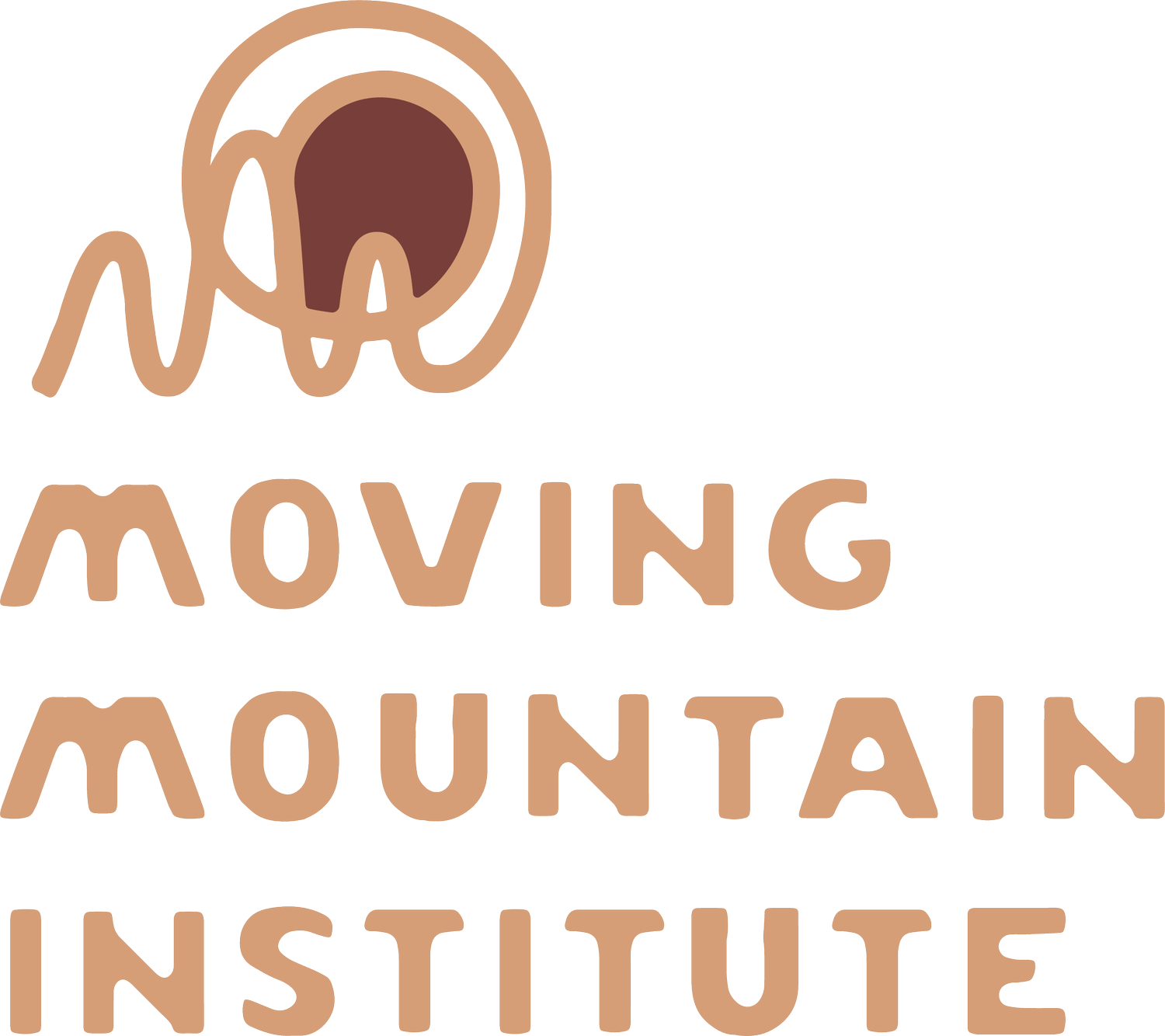Orienteering via the Thoracolumbar Junction
/Happy Spring!
I was thrilled to see this short article on the Thoracolombar Aponeurosis (or thoracolumbar fascia, TLF, as it's termed in the article). If you have studied with me you know how important I think this structure is! The TLF is primary to treating any issue that involves the low back or the pelvis. My face down treatments begin with assessing and treating this structure.
Here is an image of the thoracolumbar aponeurosis initial move from the Myofascial Release I manual:
The article is one expression of why this structure is so important to begin with, but I think we can go a little further...
If we employ the principles of the emergent field of connective anatomy, we approach the TLF not as an isolated entity, but as a greater confluent density within rivers of other myofascial structures.
Connective anatomy looks to understand anatomy from the perspective of how anatomical structures are connected and interconnected. This could also be termed an ecological anatomy; ecology defined as the study of relationships of organisms to one another and to their physical surroundings.
The image used in the article is wonderful – I love the schematic of the myofascial lines that connect with this broad and dense fascial structure.
The TLF is shaped like a diamond, covers the sacrum, attaches to the ilium, and then sweeps up to the thoracolumbar junction at T12-L1, also attaching to the lumbar vertebrae. At its most superficial layers it is a broad fascial sheath encasing the posterior body, with depth in addition to breadth.
One of the functions of the TLF, is to serve as a large tendon for the erector spinae group (spinalis, longisimus and iliocostalis). Holding the perspective that this big structure acts as a tendon for the erectors, we can unravel patterns that are affecting these longitudinal structures in assessment and treatment.
Connective anatomy also allows us to understand the muscles of the myofascial system as structures that have multiple purposes and connections.
There is the muscles’ tendinous connection, which highlights the relationship to and action on the joints. There is also the fluid movement of the muscles, via fascial connections across joints and bony structures. This movement follows along specific pathways or tributary lines formed by the shape and direction of the muscles. We can see the directional nature of muscles in the image presented in the article.
The pathways formed by the myofascial system become conduits for information and energy. With this understanding we can then utilize these pathways to help us map out the myriad ways that pain presents itself within the body.
As the article describes, several myofascial pathways intersect or join with the TLF. We can appreciate how dynamic the structure is just by seeing them as a list:
• Latisimus Dorsi
• Glutes
• Erector spinae group
• Inferior fibers of the trapezius
• Transverse abdominus
• Internal and External obliques
• Serratus posterior inferior
• Between the anterior and middle layers is the Quadratus lumborum
• Just anterior to the most anterior layer is the psoas
That's a lot of terrain to be connected to one structure!
If we engage with the TLF utilizing myofascial release techniques, we can gain insight into the nature and direction of forces that are impacting the TLF. In clinic, a patient may present with a chief complaint of L shoulder pain. Issues in the thoracolumbar junction can cause rotations of the trunk that affect either the same side or opposite side shoulder. By beginning my treatment at the TLF, I ensure that if there are issues related to the thoracolumbar junction on either side, I will find and treat those. The latissimus dorsi on the same side can also trap the inferior angle of the scapula. If I treat the TLF first, I have insight into whether or not that is the case, and if so, by releasing tension in the TLF I set up a better release of the latissimus dorsi. By treating the TLF we can begin to release dynamic pulls, and also be guided to other regions in the body that are involved in the pattern that we are approaching.
In terms of the back-body the TLF is our fundamental landmark, the point from which we can orient ourselves and our work. From this tissue and its relationships with other structures we can follow the wisdom of the body. It is such a potent landmark, that even if I don’t know any patient history, I can begin treatment and be led by the TLF into a primary issue that the person experiences. And, because it is so central to the structural integrity of the body, any work here will have a beneficial effect on whatever it is we are trying to treat.
Click here to learn more about our Myofascial Release curriculum.
As always, thank you for your interest in and dedication to this work.
Michael





